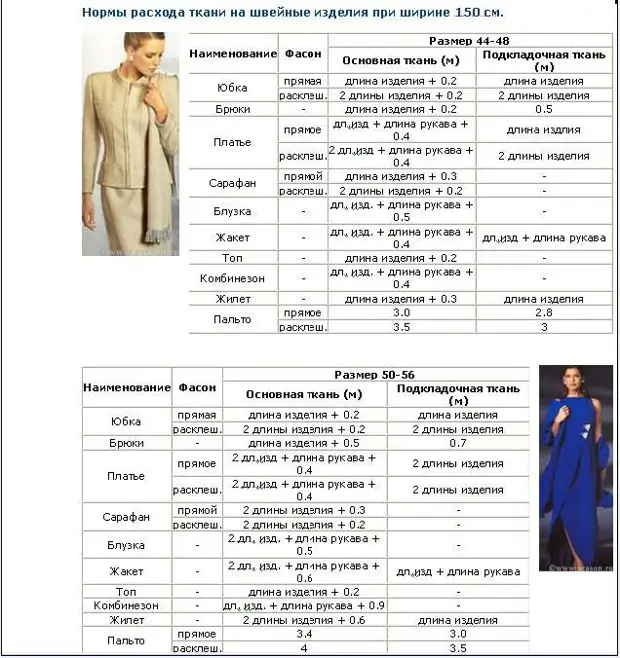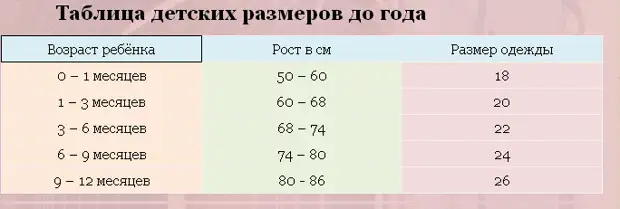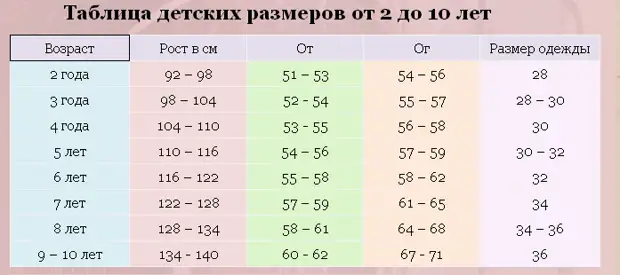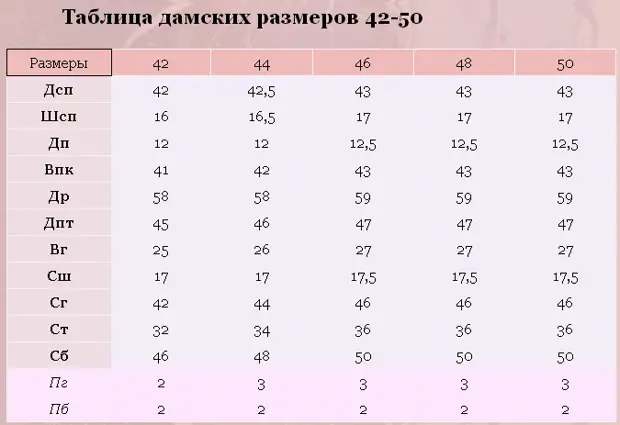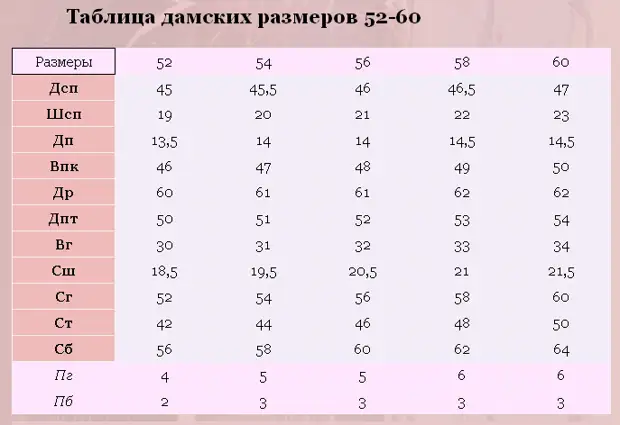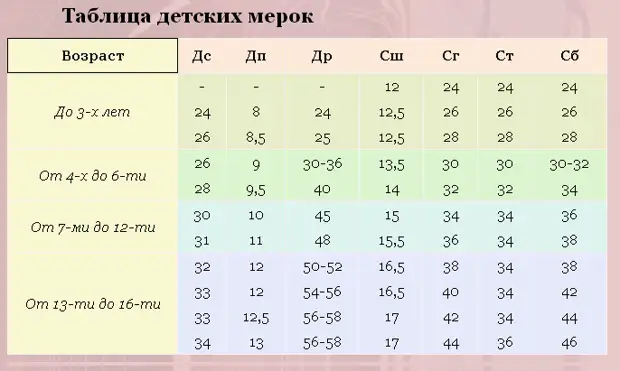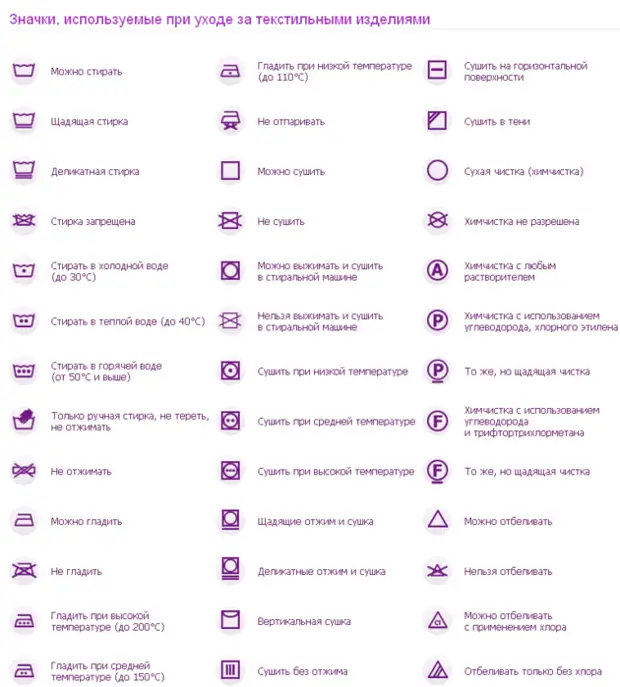Fabric consumption on the dress, skirt or trousers can be calculated using typical norms used in factories for mass tailoring. Well, if you do not focus on them and not to calculate your values for each figure, you can use the studio method. This technique is very simple and understandable to everyone.
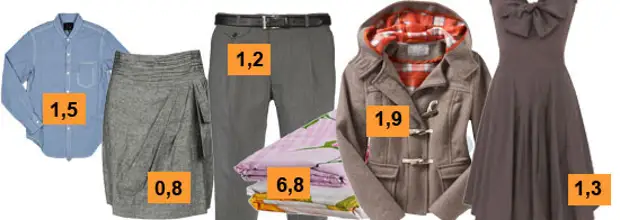
If the figure does not have excessive deviations from the norm, for example, for a male jacket to its length, the length of the sleeve plus allowances for the bottom of the niza is added. Also calculated and flow rate, blouse. For trousers, the length of the floor is measured to the waist, plus 15 - 25 cm on the belt and pockets (subzoras).
How much fabric need to skirt? It is usually enough to cut the tissue with a width of 150cm along the length of the skirt, plus the width of the bending.
On the dress, bathrobe or coat of the fabric you need to buy at the cost of the product length plus the length of the sleeve, taking into account the bending niza. If you are wondering how much Boshai is needed for sewing 2 bedding sets of bed linen, then it will take about 7 meters of the Boshi, with a width of 220cm.
All these figures are quite approximate, and to accurately determine how much fabrics are needed to or another product, depending on your growth, completeness, etc., you will have to make more accurate calculations, taking into account all factors affecting tissue consumption. What these factors ?
First, the fusion consumption for a skirt, a dress or trousers increases significantly if "by the thighs" pattern does not decline in one width of the tissue (150 cm). For more information about this below.
Secondly, the presence of additional decorative elements, such as folds, ruffles on skirt or patch pockets, hlyastics, etc. Also significantly increase tissue consumption. Completely different consumption of fabric and for some skirt models, for example, Sun skirt. Fabric consumption for such a skirt can reach up to 5 meters. For a semis-half skirt, consumption is less, but also significant.
Let's figure it out in detail how much fabric is needed for a sewing of a particular product, including for sewing bed linen.
How much fabric needed to skirt, dress, pants
Fabric consumption, of course, depends on the width of the fabric. But it also depends on the style of the product, the dimensional signs of the figure, as well as the collection of a woman or a man. If a narrow tissue is used for sewing (90-110 cm), then, of course, the flow increases almost twice. Modern fabrics are produced mainly 150 cm wide, so I will not particularly consider the consumption of "narrow" fabric. Try not to use such a width even for sewing bed linen. From my own experience I can say that the most "optimal" layout for bed linen is obtained from the fabric (hawk, sitherium) with a width of 220cm.
Logs or model of clothing directly affects the flow of fabric. The more will be on a dress or skirt of folds or ruffles, the more you need the fabric. A lot of fabric leaves for a hooded hood (40 - 60 cm). Calculate exactly the consumption of fabrics on these parts can be possible only after building the pattern and the preliminary layout of globes on the tissue.
Consider that many fabrics allow you to cover the details of the pattern in the mirror reflection (striped, cell), which sometimes saves fabric, especially with a snub of skirts and trousers.
When calculating the consumption of fabric for clothing take into account the size of the person, that is, the chest circumference, the hips, waist, as well as human growth.
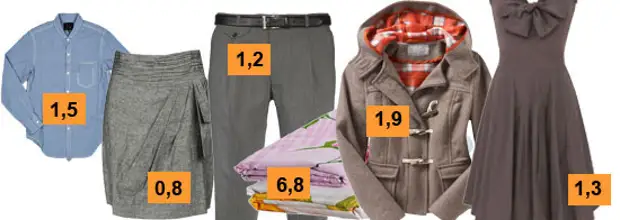
This photocollage contains approximate fabric consumption rates for a person of medium height and a normal set. They will be useful to you to quickly count in the store how much fabric you need, without asking the seller and quickly multiply this figure for the cost of 1 meter of fabric.
Fabric consumption for full figures increases almost twice
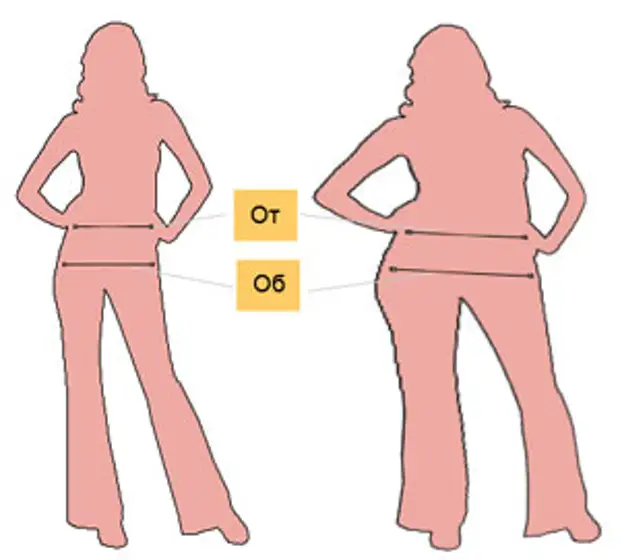
With the same size of the product, but different growth of a person, the tissue consumption will be unequal. Naturally, with high growth it is necessary to buy fabrics more than with an average and low.
Depending on the height of the figure, human growth is determined. For example, for a female figure, an approximate separation of growth will be as follows: 1st height 149 - 154 cm; 2nd height 155 - 160; 3rd height 161 - 166; 4th height 167 - 172; 5th height 173 - 177.
If you can add 20 - 30 cm to the difference in growth, then it accounts for the fullness of the tissue consumption almost twice. This is due to the fact that the cut of skirt or trousers at the volume of the hips is no longer "passes" in one width of the fabric. And if the cloth is a 150 cm wide, then you can also try, but with a width of 140 cm will not work. You will have to buy two lengths of the fabric. For example, for a skirt on a complete woman need two skirt lengths (80 + 80) and 15 - 20 cm in addition to the belt, inputs on the seams along the waist line and the niza bending. Also applies to other products: trousers, dress, jacket, etc.
These all calculations will vary greatly (increase) if the products have many additional finishing elements.
Fabric consumption on the main types of clothes
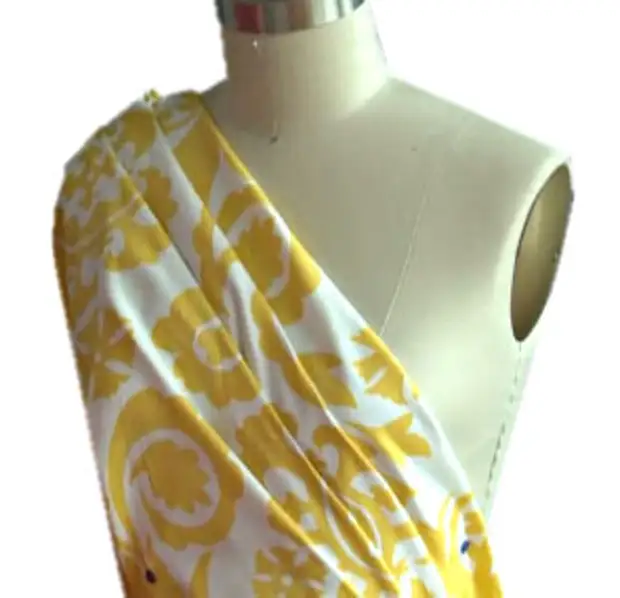
Below is an approximate flow consumption for some of the main types of products:
Man's jacket . It is necessary to measure the length of the jacket, add the length of the sleeve and make an increase 15 - 20 cm.
Direct skirt . With the width of the fabric 140cm, it is necessary to take one length of the skirt plus 10 centimeters - the feed on the niza bending, the belt and allowances on the seams.
Womens Blouse . With the width of the fabric 90 - 110cm, it is necessary to buy tissue two blouse lengths and one length of the sleeve. With the width of the fabric 150cm, one length of the blouses and sleeves plus 10 - 15 cm.
Men's pajamas . With a width of the cloth, 90 cm requires the tissue two trouser lengths, three lengths of the jacket, two lengths of the sleeve. The collar and pockets are added another 20 - 30 cm. Or twice as smaller with a width of the fabric 150 cm.
Pants. With the width of the fabric 140cm, it is necessary to take one length of the trousers plus 10-15 cm for children and adolescents. For adults, depending on the completeness, the shape is added 20 - 30 cm.
Children's or teen coat . With a width of the fabric 140cm, two lengths of the coat plus 15-20cm are needed on the niza bending, as the bending for the children's coat makes 7 - 10 cm so that it is possible to extend the coat when the child is growing.
Women's night shirt . With a width of the fabric, 90 cm requires a tissue of 2.5 shirt lengths.
Dress . For a sleeveless dress, it is enough to buy 130 - 150 cm fabric. To calculate how much fabric is needed on a long sleeve dress, focus on the length of the dress (plus bending and batteries on the seams) and the length of the sleeve. If the collar is postponed, add another 20 cm.
Linens . Many are interested in how much fabrics need to bed linen. Fabric consumption will be optimal if you buy a hawk or sieve with a width of 220cm. On the semi-alone bed linen (2 pillowcases 70x70) you need 6.2-6.4 meters. For a double set (2 pillowcases 70x70), the tissue will need 6.8 - 7.2 meters. For a family set of approximately 10 meters.
Fabric consumption for bed linen, first of all, depends on the size of pillowcase and widths, as well as layouts. That is, if you cut two 1.5 sleeping set at once with two pillowcases of 50x70, then the tissue is spent without residue.
How to determine exactly how much fabric you need
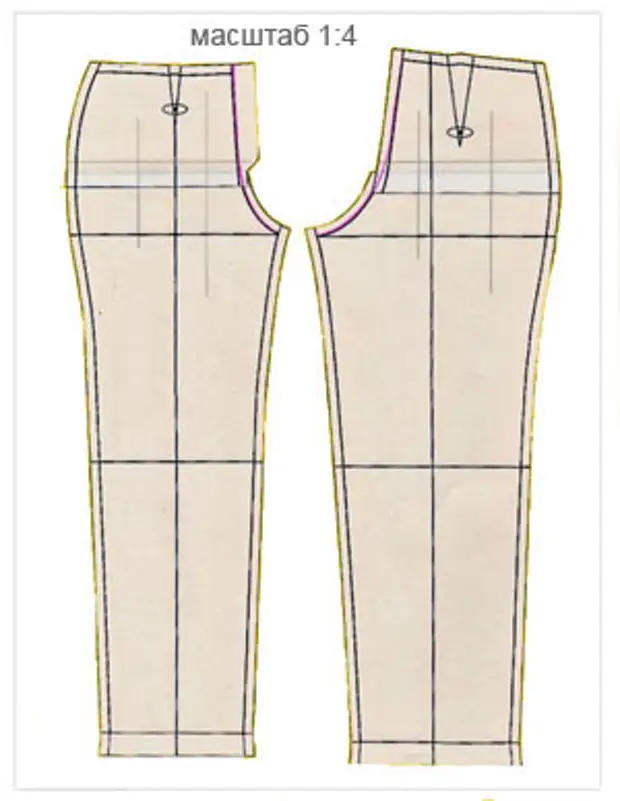
Determine the flow rate for the product can also be in the method below.
Make up the main drawing of patterns by removed measurement on the scale. Typically, scale takes 1: 4 or 1: 5.
The drawing of the pattern on scale is as follows: the centimeter is divided into four or five equal parts and each division is taken conditionally behind the centimeter. If simulation is provided on the stamp, then the drawing of the patterns are applied in the drawing of the LED line and according to the planned simulation lines cut the pattern.
Then, on the same scale (1: 4 or 1: 5), draw the supplied width of the fabric in the conditioned centimeters, and the length of the fabric is taken arbitrarily.
To draw the full width of the fabric in the case when the cutting is executed "on the turn", that is, when the fabric folds along the transverse thread, the edge of the tissue in this case will take place from both sides. But the cut is often performed "in fold" when the fabric is developing on the equity thread. In this case, the width of the tissue needs to be drawn twice as fewer than its valid width. The edges in this case will be on the one hand, and on the other hand there will be a fold of the tissue. For example, the width of the tissue is 140 cm, the width of the fabric width is 70 cm (in the scoop).
Next, patterns or their parts are laid out within the width of the tissue drawn in the scale of the width, taking into account the increase on the seams and the reference requirements in the details on the installed style. Extruded pattern details will allow you to find out how much fabric needs for this product.
Now useful fabric flow tables:
